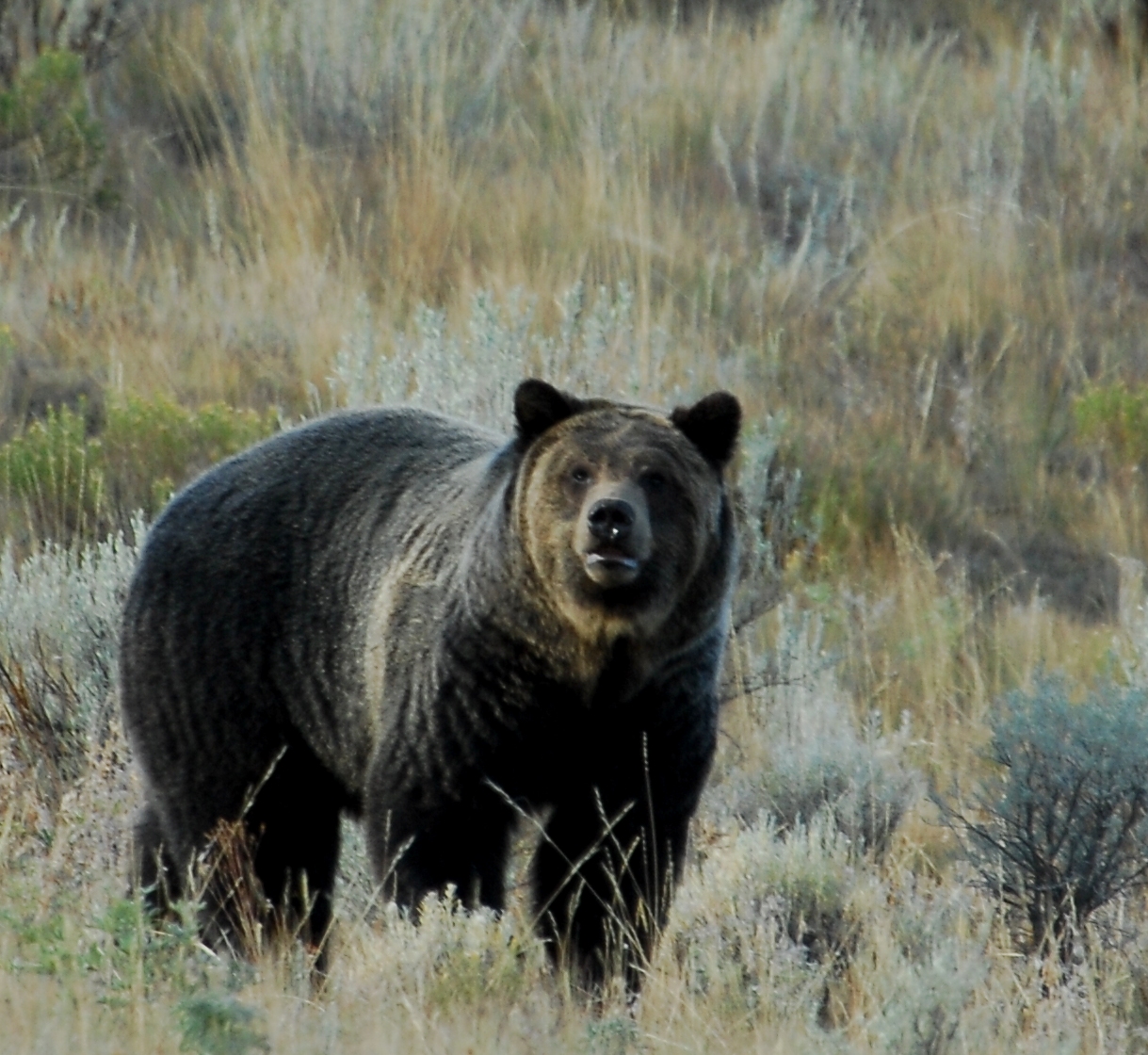As a former bear education ranger in Yellowstone National Park and grizzly advocate, today’s announcement that the U.S. Fish and Wildlife Service has delisted the Greater Yellowstone grizzly population (officially stripping the bears of their precious status as a Threatened Species under the Endangered Species Act), leaves me with a heavy heart. The states of Idaho, Wyoming and Montana are already planning their trophy hunts of the celebrated Yellowstone grizzly bear. Though the GYE grizzly population has expanded it’s range and numbers are estimated to be between 690 and 750 bears, it’s important to remember however that these numbers are derived from flawed computer extrapolations, not actual bears observed in the wild throughout the GYE’s 20+ million acres. In 2015 grizzly bear deaths in the Greater Yellowstone shattered previous records with a death toll of 59 grizzlies (surpassing the female mortality threshold), the most documented since they were listed as a Threatened Species in 1975. By October of 2016, experts warned that 2016 could be the deadliest year yet for the GYE grizzly population. They are one of the slowest reproducing animals in the world, their habitat and travel corridors are shrinking each and every year do to rapid population growth and unplanned housing throughout the GYE, but we’re going to open up a trophy hunt? Are there not some species and some places that should be left alone? If not Yellowstone, and it’s grizzlies, I don’t know where or what species we protect.
This is a species that is sacred to the twenty-seven tribes associated with Yellowstone National Park, an umbrella species, indicating the health of the entire ecosystem. People come from all over the world to experience the wild splendor that is Yellowstone Country, and I for one believe it’s the grizzlies, more than any other species that make Yellowstone, Yellowstone. For what would life be without sleepless nights with “grizzlies on my mind?”
While trophy hunting of Yellowstone’s grizzlies will capture the headlines with the news of today’s delisting, this is just the tip of the iceberg. The Endangered Species Act is one of the most important environmental laws in our country. The grizzly is an indicator species, protect them and their habitat and you protect the habitat of all the other animals in the process. With the delisting of the Yellowstone grizzly, it’s open season on grizzly bear habitat. The wild spaces afforded protection when the GYE grizzlies Threatened Status applied will now face far fewer regulations before development (road building, logging, mining, oil and gas, cattle grazing, subdivisions) can be green lighted.
Here’s a little quote from my Wildness and Spirit of Yellowstone sermon/keynote:
“At what point will our society become empathetic towards the plight of other species? When is enough enough? How is it that we are now on the verge of undoing the progress that has been made? After 42 years listed as a threatened species under the Endangered Species Act, local agencies want to “harvest”—i.e., kill—grizzly bears in ID, WY, and MT.
Is nothing—no place, no living creature—sacred anymore? If not Yellowstone Country and the southern-most population of grizzlies in the lower 48, I’m not sure what is. It is abundantly clear that we need a dramatic shift in narrative regarding our wild world. A narrative of love, reverence and sacredness must become the norm if we hope to leave future generations a verdant, just and wild world.”
There are a lot of organizations out there lobbing softballs and water-balloons, but if you want to support an environmental nonprofit that’s going to fight this with scrappy and gritty determination, make a donation to Wild Earth Guardians. They are badass and they are going to sue the shit out of the feds for this one. Now more than ever we must be a voice for the voiceless.
For a wild world and a wilder Yellowstone, Michael W. Leach

